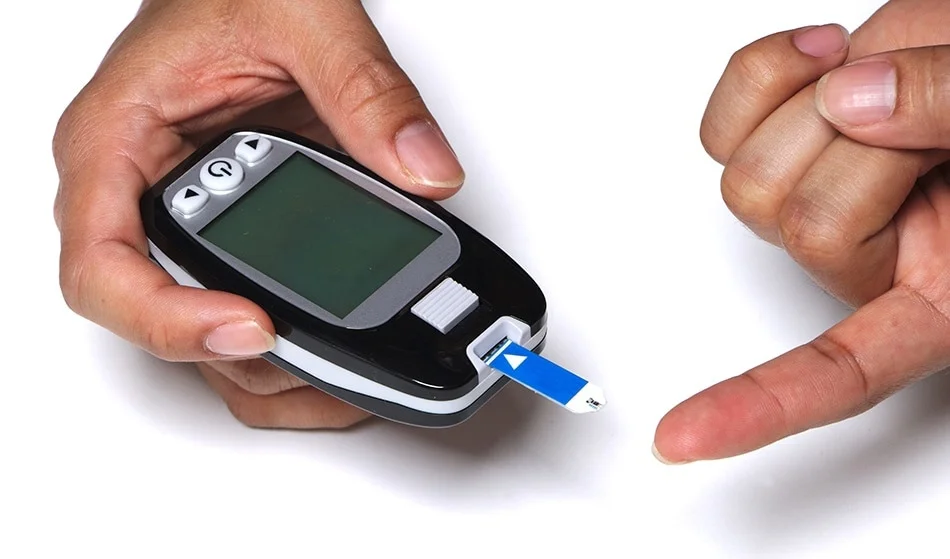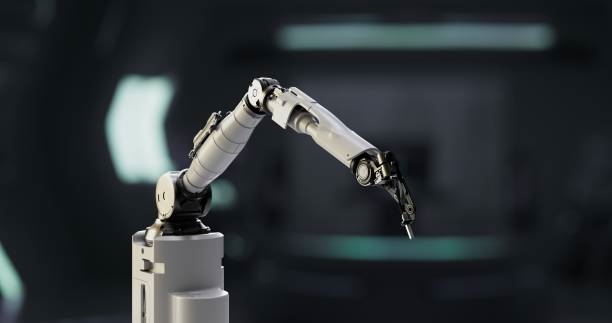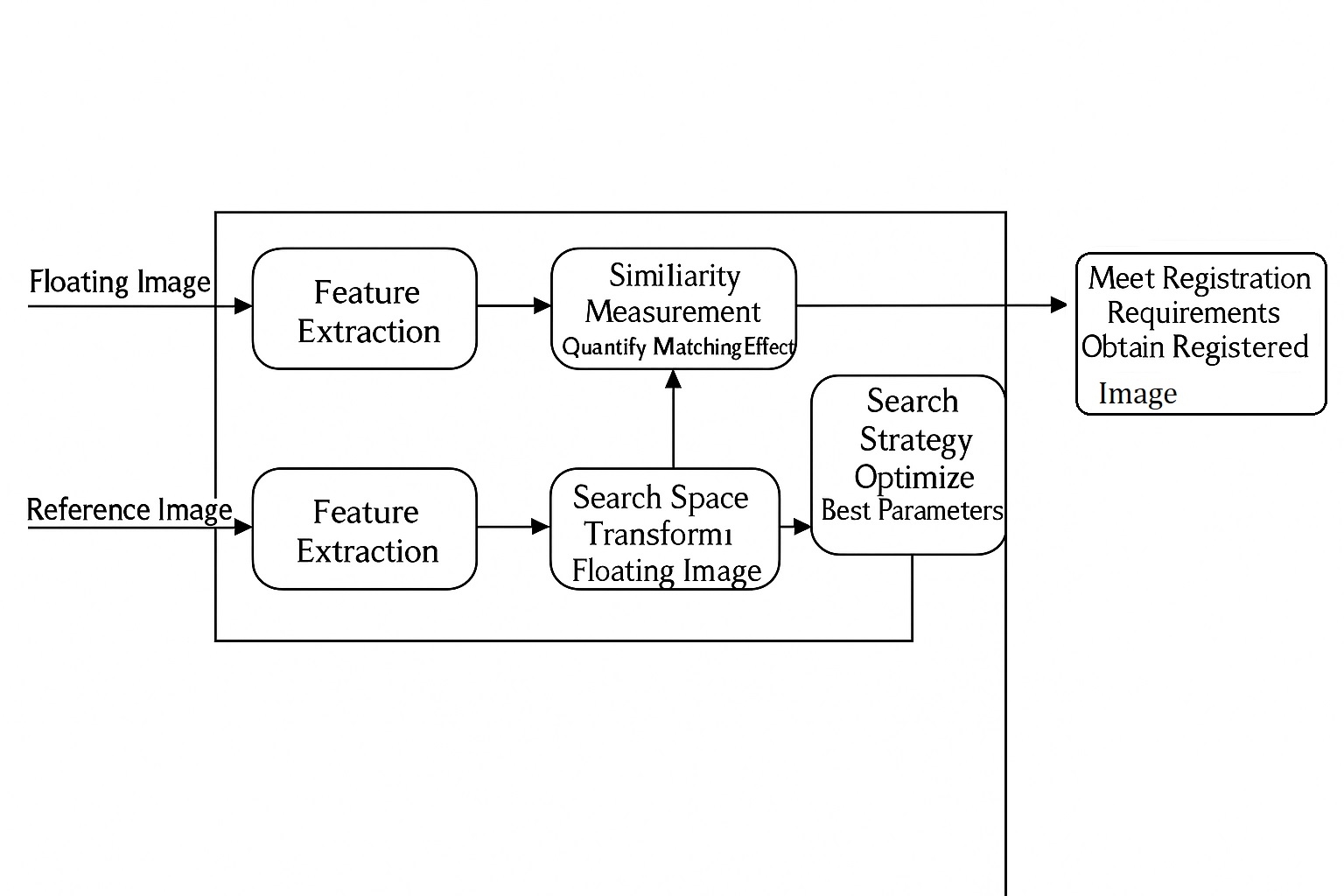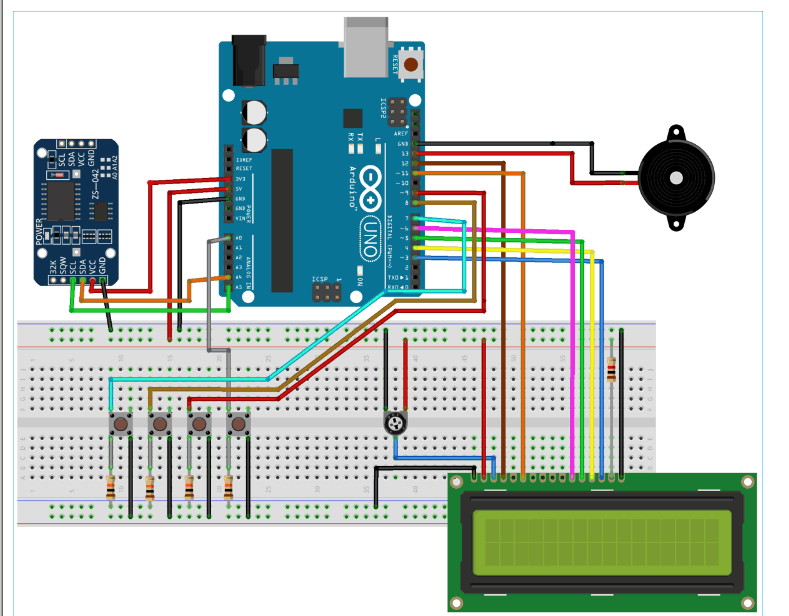
There is a saying that "film is 24 frames per second." That standard was not an absolute truth but a compromise based on the technology available at the time. As display and capture technologies improved, higher frame rates were explored to provide smoother, clearer visuals closer to human perception.
Similarly, medical monitoring technology has evolved to improve health management. Innovations in monitoring enable earlier screening, diagnosis, and treatment for many conditions. For people with diabetes, accurate blood glucose monitoring is essential for daily care. Traditionally, blood glucose monitoring required finger pricks, blood collection, and basic glucose readings, a familiar routine for many patients.
Advances in technology have changed how blood glucose is monitored. The following summarizes the main stages of this evolution.
1. First-generation blood glucose meters: washable test-strip meters
About 25 cm long, first-generation meters involved a cumbersome process. A blood sample was applied to a test strip, then after about a minute the strip had to be rinsed with water to remove red blood cells before inserting the strip into the device to read the result.
2. Second-generation blood glucose meters: wipe-off test-strip meters
About 15 cm long, the second generation eliminated the need to rinse test strips. After the reaction, blood cells on the strip were gently wiped away before reading. Although smaller and more convenient than the first generation, these meters still required relatively large samples of about 10–15 μL and around one minute of reaction time to obtain results.
3. Third-generation blood glucose meters: colorimetric meters that do not require wiping
Early meters used glucose oxidase colorimetric methods: the strip changed color after reacting with blood, then the remaining blood droplet was wiped away and the device measured the color to obtain the glucose value. Third-generation meters removed the need to wipe the strip, offering easier operation and improved accuracy compared with the previous generation.
4. Fourth-generation blood glucose meters: electrochemical meters
Electrochemical detection replaced colorimetric methods and became the mainstream approach. Electrochemical meters detect the current generated during the reaction to determine glucose concentration. These meters require much smaller blood volumes and yield more precise values. However, they still rely on finger-stick sampling, and patients often need to perform multiple fingertip samplings per day.
5. Fifth-generation blood glucose meters: micro-sample, multisite sampling
Fourth-generation meters typically sampled blood from the sides of the fingertip, where nerve endings are dense and sampling can be painful. The fifth generation expanded allowable sampling sites beyond the fingertip to reduce pain and improve healing. These meters can use as little as 0.3 μL of blood and support sampling from the upper arm, forearm, thigh, calf, palm, and other sites.
6. Continuous glucose monitoring systems (CGM)
Continuous glucose monitoring collects dynamic glucose data and produces glucose profiles without frequent finger pricks. Early CGM systems monitored for relatively short periods, roughly three days. Advances in sensor technology extended monitoring duration and convenience.
 ALLPCB
ALLPCB







